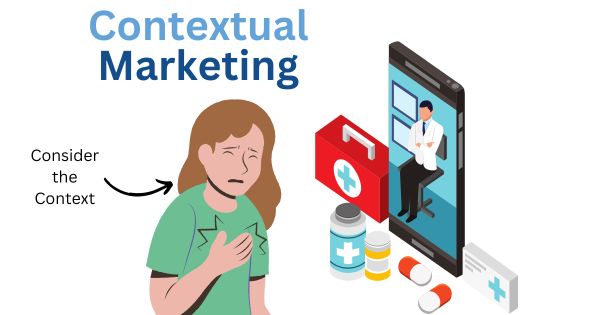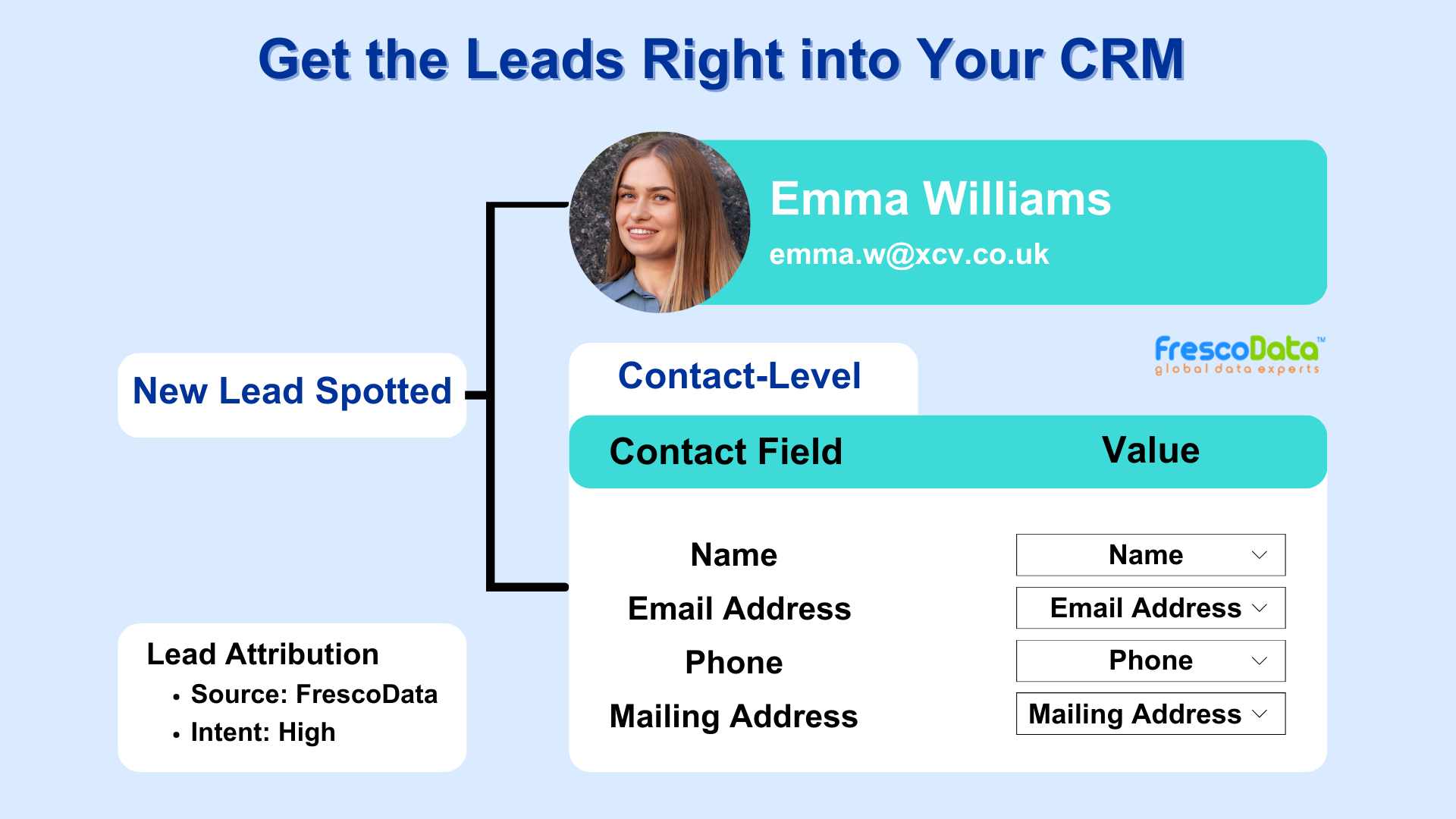-
What is Contextual Marketing?
-
Key Components of Contextual Marketing
-
User Context
-
Behavioral Data
-
Real-Time Interactions
-
Personalization
-
Location-Based Marketing
-
Device Optimization
-
Examples of Contextual Marketing
-
Weather-Based Recommendations
-
Cart Abandonment Emails
-
Location-Based Offers
-
Time-Sensitive Promotions
-
Personalized Recommendations
-
Benefits of Contextual Marketing
-
Improved Engagement
-
Higher Conversions
-
Enhanced User Experience
-
Customer Satisfaction
-
Increased Customer Loyalty
-
Optimized Marketing Spend
What is Contextual Marketing?
Contextual marketing is a personalized marketing strategy that involves delivering targeted and relevant content to individuals based on their specific context or situation. This approach takes into consideration various factors such as the user’s location, device, behavior, preferences, and real-time interactions to provide a tailored and timely marketing experience. The goal of contextual marketing is to engage users with content that is highly relevant to their current circumstances, increasing the likelihood of positive engagement, conversions, and overall customer satisfaction.

Key Components of Contextual Marketing
User Context
Understanding the context in which a user is interacting with a brand, including their location, device type, time of day, and current activities. This information helps in delivering content that aligns with the user’s immediate context.
Behavioral Data
Analyzing user behavior, such as browsing history, past interactions, and preferences, to anticipate and respond to individual needs. Behavioral data enables the creation of personalized and contextually relevant marketing messages.
Real-Time Interactions
Leveraging real-time data to dynamically adjust content based on a user’s actions and interactions. This allows marketers to respond promptly to changing user behavior or preferences.
Personalization
Implementing personalization techniques to tailor content, offers, and recommendations to individual users. This includes using personalized greetings, product recommendations, or targeted promotions.
Location-Based Marketing
Utilizing the user’s location information to deliver location-specific content or offers. This can include promotions for nearby stores, local events, or geo-targeted advertisements.
Device Optimization
Optimizing content and marketing messages for the specific device a user is using, whether it’s a desktop, laptop, smartphone, or tablet. This ensures a seamless and user-friendly experience.
Examples of Contextual Marketing
Weather-Based Recommendations
An e-commerce platform sending product recommendations based on the local weather conditions. For example, promoting raincoats on a rainy day or sunglasses on a sunny day.
Cart Abandonment Emails
Sending contextually relevant emails to users who abandoned their shopping carts, reminding them of the items left behind and potentially offering a discount to encourage completion of the purchase.
Location-Based Offers
A retail app sending special offers or discounts to users when they are in proximity to a physical store. This encourages users to visit the store and make a purchase.
Time-Sensitive Promotions
Displaying time-sensitive promotions or discounts based on the time of day. For instance, promoting breakfast items in the morning or evening discounts for online shopping.
Personalized Recommendations
Recommending products or content based on a user’s past purchases, browsing history, or preferences. This ensures that users are presented with items that align with their interests.
Benefits of Contextual Marketing
Improved Engagement
Increases user engagement by delivering content that is relevant and timely, capturing the user’s attention and interest.
Higher Conversions
Boosts conversion rates as users are more likely to respond positively to personalized and contextually relevant offers.
Enhanced User Experience
Improves the overall user experience by providing a tailored and seamless interaction, meeting the user’s expectations and preferences.
Customer Satisfaction
Enhances customer satisfaction by demonstrating that the brand understands and values the individual needs of its customers.
Increased Customer Loyalty
Fosters customer loyalty by building stronger connections through personalized and thoughtful interactions.
Optimized Marketing Spend
Maximizes the effectiveness of marketing campaigns by targeting users with messages that are more likely to resonate, reducing wasted efforts on irrelevant content.
Stay Updated
Recent Blogs

3 Reasons to Buy Email List
Are you hesitant to buy email list for your business? Some would say buying an email list ...
November 18, 2024
Sales Follow-up Email After No Response!
70% of sales reps don’t follow up with prospects after no response. (Source) Are you...
September 2, 2024
5 CTV Advertising Tips to Get The Most Out of It
Connected TV has opened up many interesting opportunities for advertisers, allowing them t...
August 27, 2024